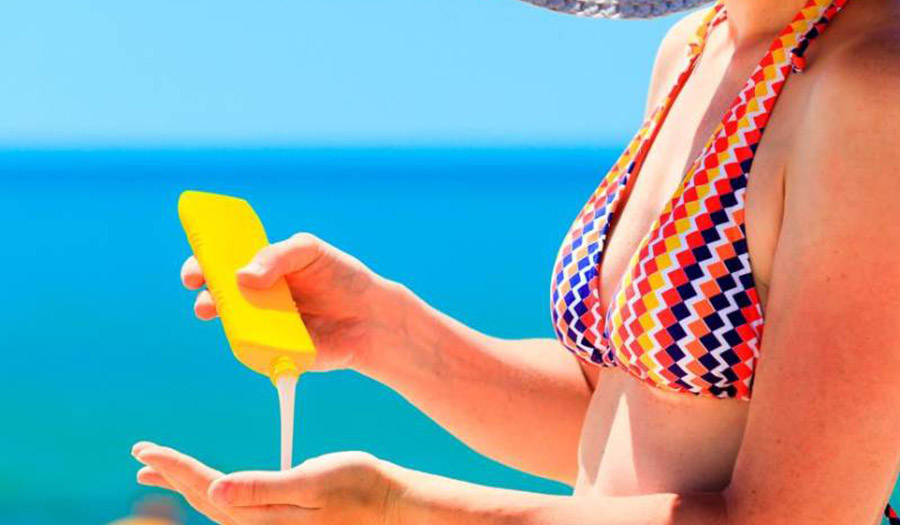If you are going to tan, take care of your skin before, during and after tanning to avoid risks.
We must all use sunscreen, whether we have black or white skin. The sun protection factor - SPF - also indicates how much more time a sunscreen increases the skin's natural defense capacity before it burns.
Wendy Madrigal, a nurse at the Hotel and Club Punta Leona, recommends using a sun block with protection factors greater than 50. In addition, there are certain rules for their use that are effective on our skin.
According to specialists, in the market there are protectors with a factor 80, 90 or 100, but that does not mean that they are better, since a factor 50 blocks 98% of the radiation, so a more “powerful”' protector would not provide significant additional benefits since it is impossible to block ultraviolet rays 100%
UVB or UVA protection?
Most protectors filter only UVB radiation, but not ultraviolet (UVA). The reason is that UVA radiation does not cause burning, but even so, it does penetrate the skin causing wrinkles, premature aging, and increases the risk of certain types of cancer.
Therefore, experts recommend choosing a broad-spectrum sunscreen to block UVA and UVB radiation. To know if your filter will protect you from UVA rays just simply check the product label.
Scientific evidence supports the benefits of using sunscreen to minimize skin damage; however, the FDA continues to find out more about the effectiveness and safety of sunscreen spray.
Meanwhile, the American Association of Dermatology suggests that the cream products are the best for dry skin and the face. Gels are good for hairy areas, such as the scalp or male hair.



